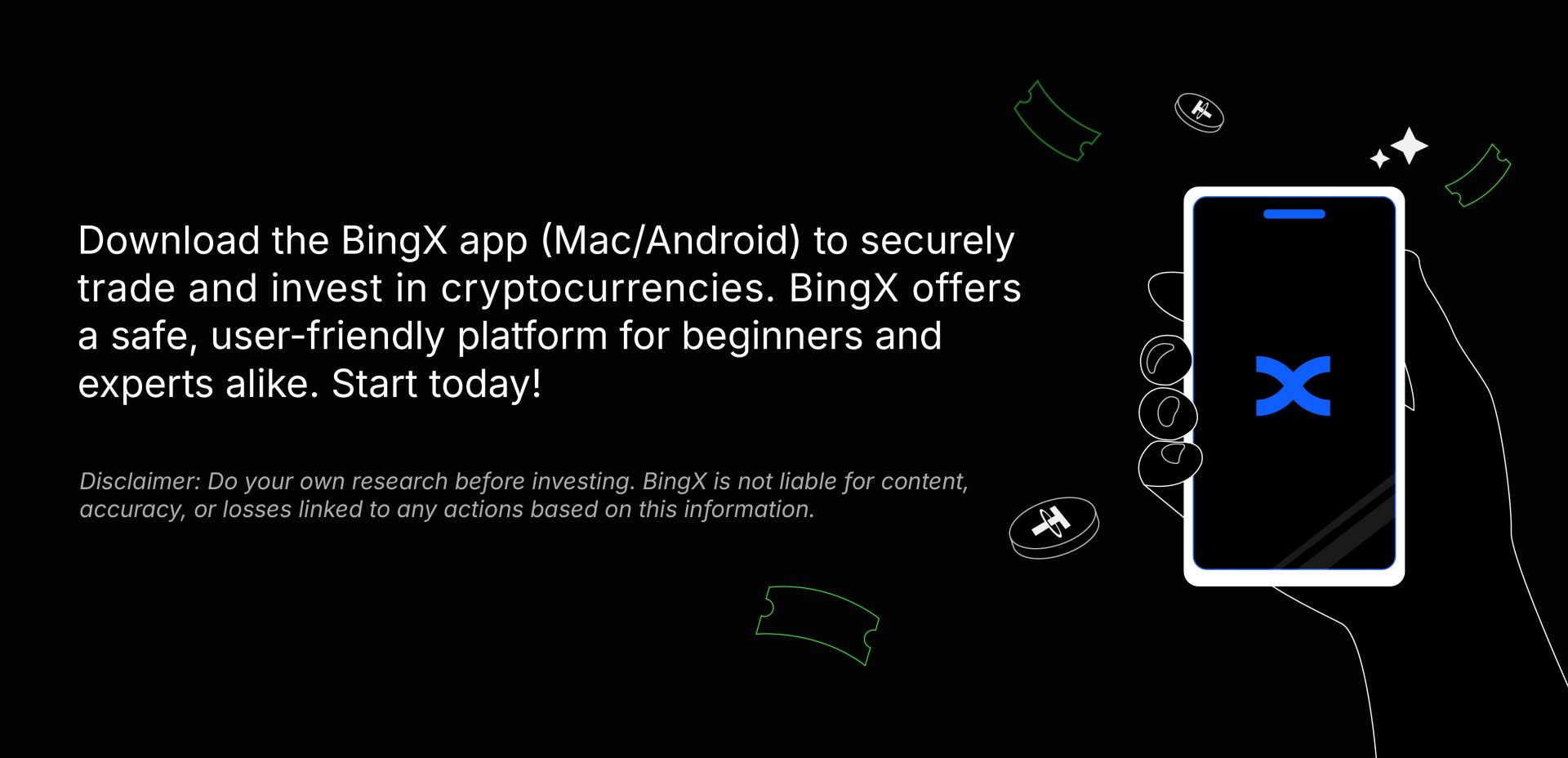Stablecoins Are Emerging as the Internet’s Settlement Backbone
In a recent interview, Noam Hurwitz—the head of engineering at Alchemy—made waves by declaring that stablecoins have now surpassed Visa and Mastercard in onchain transaction volume, citing a 7% lead and announcing these tokens are becoming the “default settlement layer for the internet”.
That’s no small feat. As firms like PayPal, Stripe, and even Visa work stablecoin rails into their payment stacks, onchain dollars are powering transactions faster, cheaper, and more reliably than ever before.
From Trader Tools to Internet-Wide Infrastructure
Once viewed as niche instruments for crypto trading, stablecoins have now evolved into foundational infrastructure for the broader web. Hurwitz highlights their key advantages: cheap, instant, global, and secure transfers, enabling everything from cross-border remittances to real-time settlement on services like Polymarket.
Major players aren’t just exploring—they’re deploying. Alchemy powers stablecoin liquidity flows for Visa, Stripe, Circle, PayPal, and Robinhood Wallet, cementing stablecoins as the real payment rails behind major fintech platforms.
What This Means for Finance and Payments
As stablecoins dominate onchain volume, they’re reshaping the way money moves online. They offer advantages that traditional rails like ACH, cards, and SWIFT struggle to match—24/7 availability, near-zero settlement times, and programmable functionality.
Stablecoin issuers are also reshaping the treasury market. Tether, holding around $113 billion in U.S. Treasuries and generating ~$13B in revenue last year alone, demonstrates how digital dollar reserves are becoming a major new source of institutional capital.
Meanwhile, emerging institutions like JP Morgan are experimenting with tokenized deposit rails (e.g., Kinexys) offering interest, real-time settlement, and onchain liquidity—blurring the lines between stablecoins and bank money.
What Lies Ahead
Stablecoins aren’t without challenges. The current landscape is fragmented—across multiple blockchains and networks—and enterprise-level adoption still hinges on provider stability and technical maturity. Hurwitz warns that user experience often lags behind innovation and urges better infrastructure development to decouple complexity from usability.
He also predicts a future powered by layer-2 networks and interoperable chains, where tokenized money moves seamlessly across platforms, enabling a truly interconnected financial system built on stablecoins.
The Backbone of the Future Digital Economy
For traders and crypto users, stablecoins are more than just trading pairs—they’re becoming the backbone of the digital economy. This shift means faster payments, lower fees, and more reliable onchain liquidity, making stablecoins a critical tool for the next wave of Web3 innovation.
